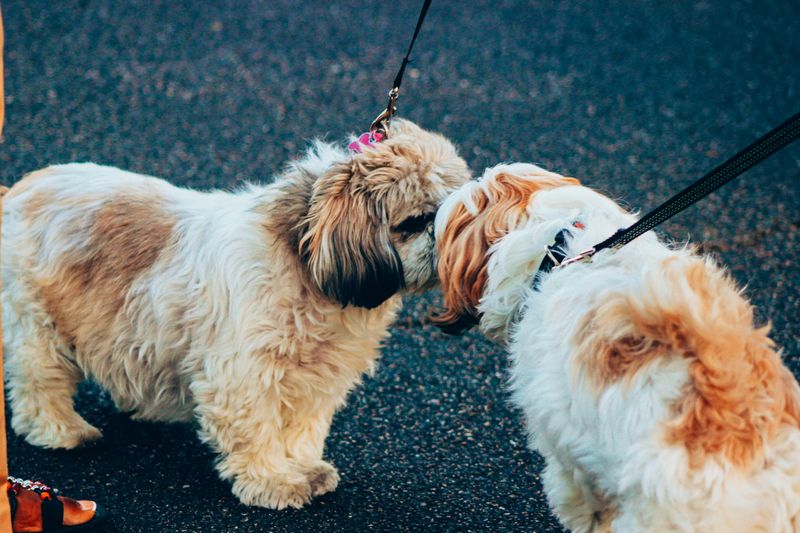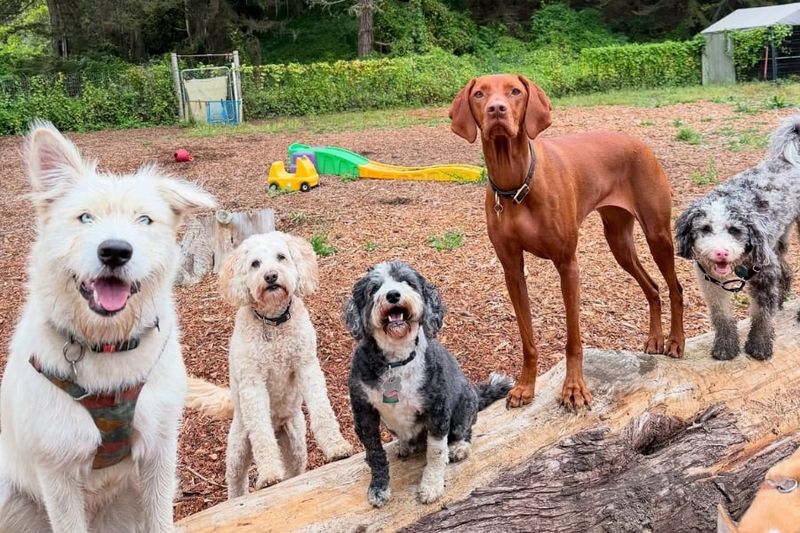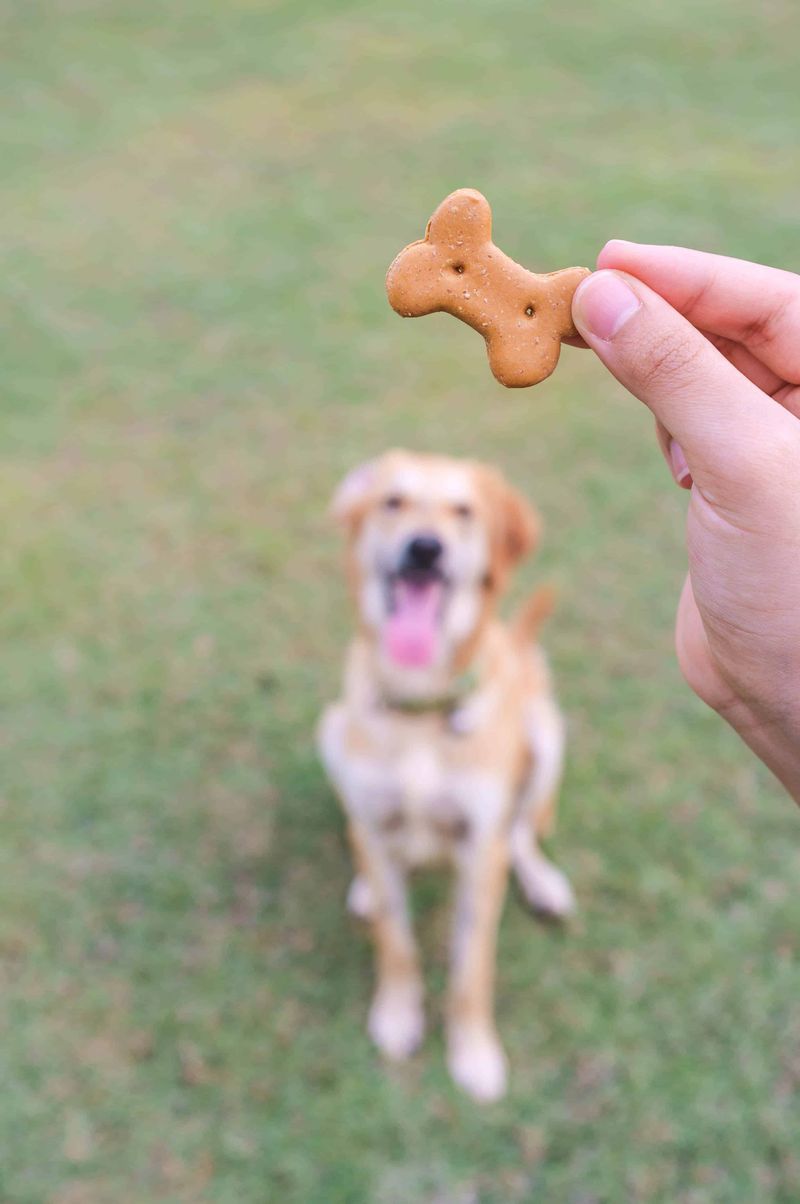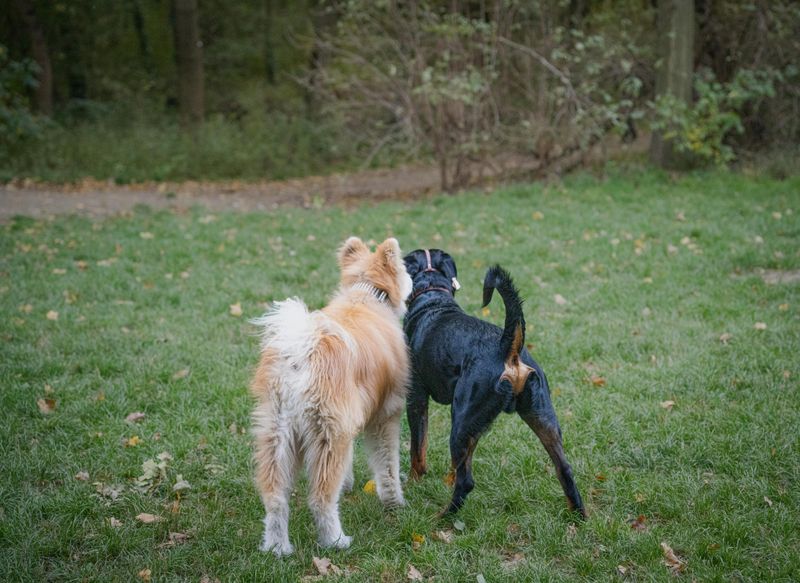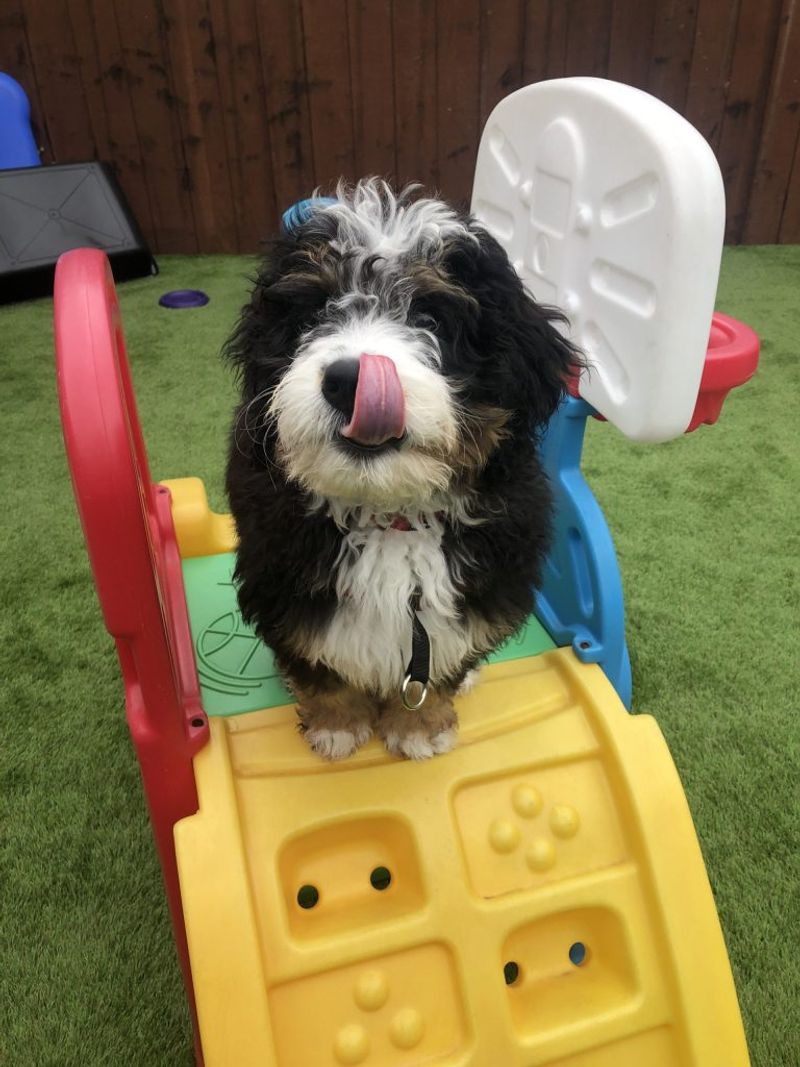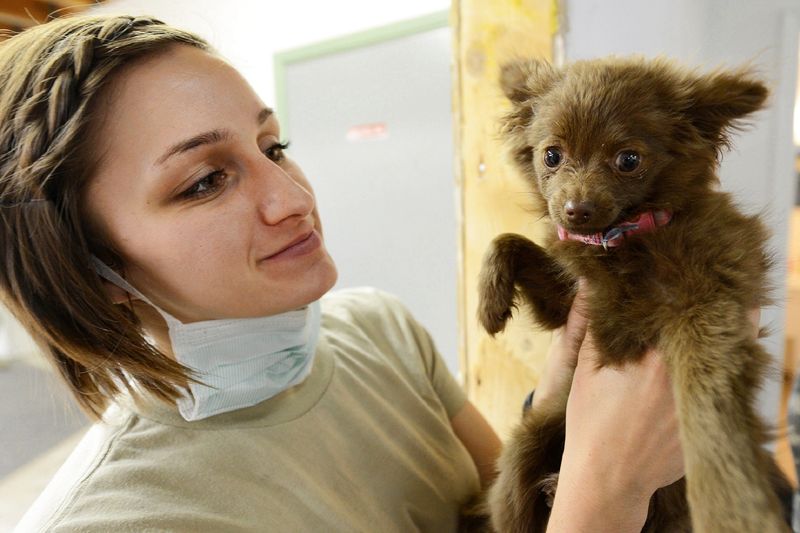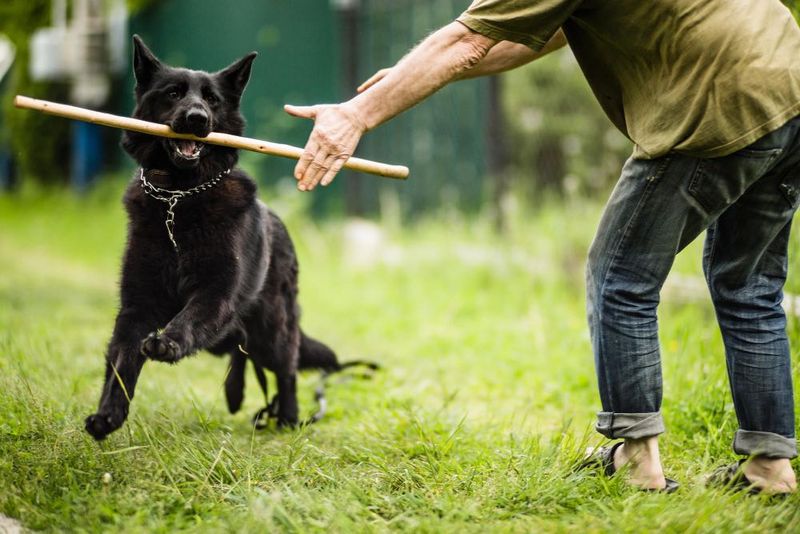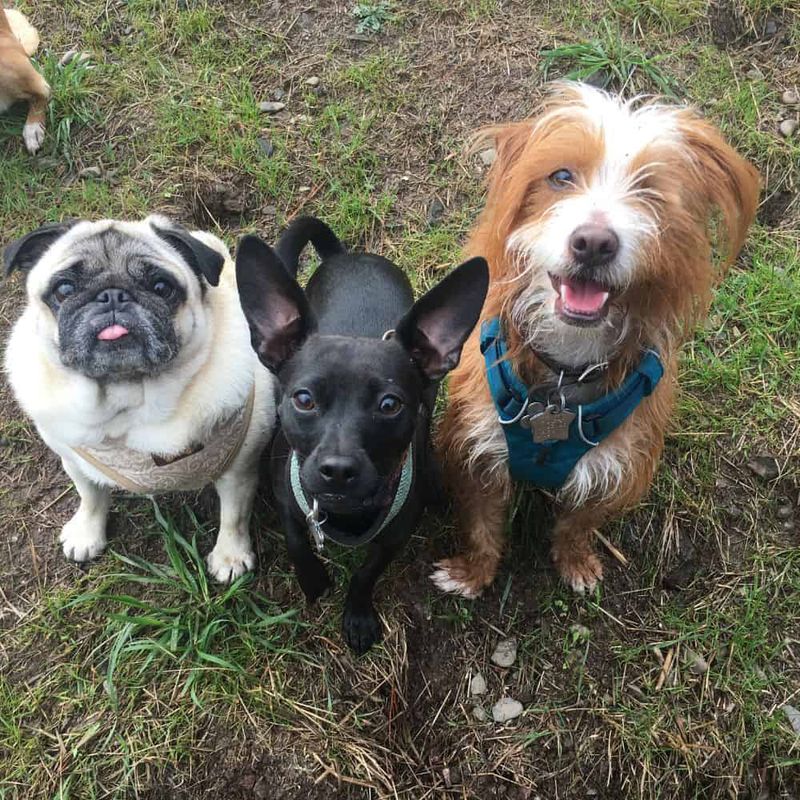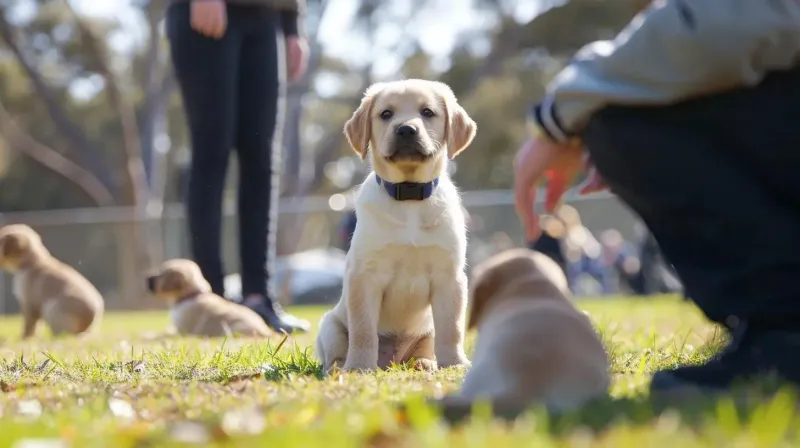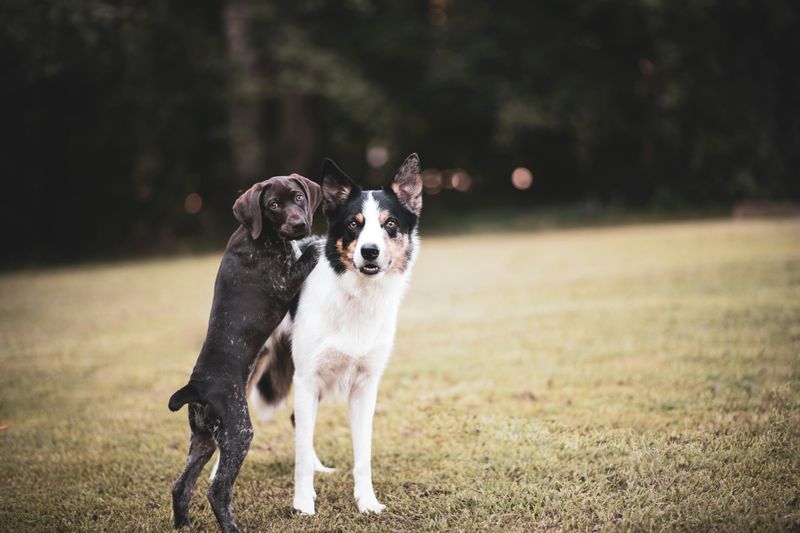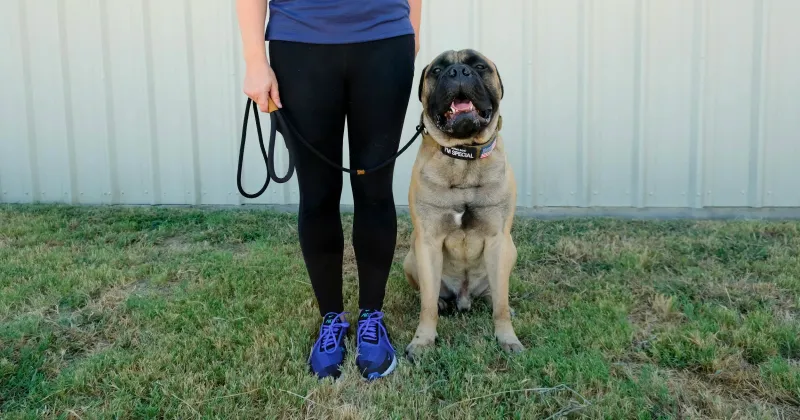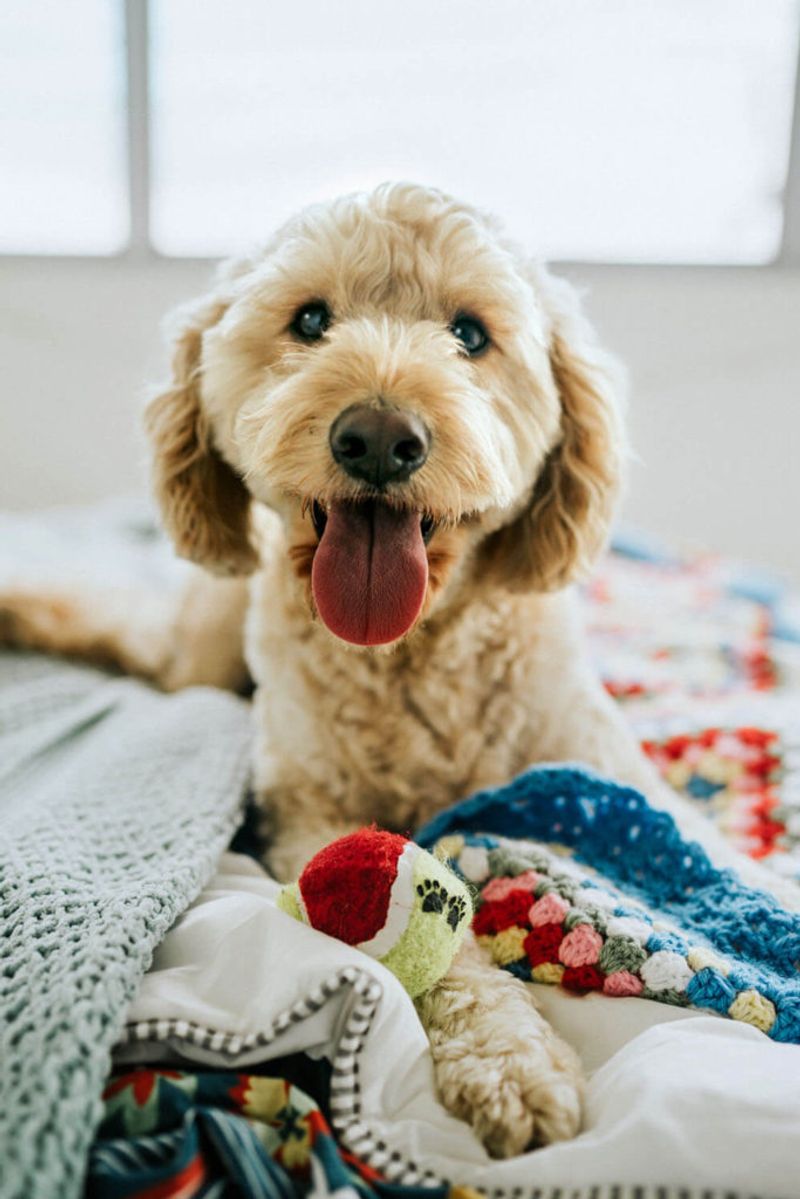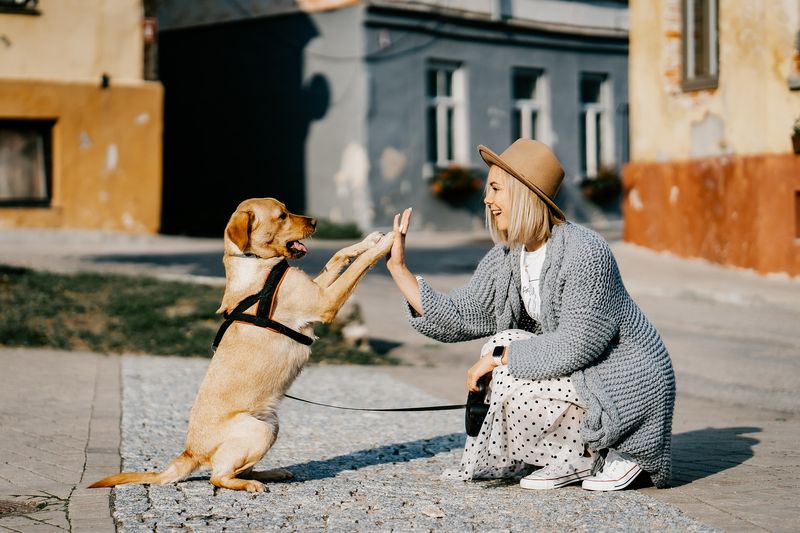Socializing your dog is crucial for their happiness and well-being. Discover these 13 practical tips to help your dog interact positively with fellow canines. From selecting the right environment to understanding canine body language, these strategies will guide you in fostering healthy social interactions for your furry friend.
Start Early
Did you know young puppies are like sponges? They absorb experiences rapidly, especially between 3 to 14 weeks old. This stage is perfect for introducing them to other dogs. Starting early helps them build confidence and reduces the risk of anxiety. It’s not just about play; it’s about building lifelong skills. Imagine your puppy meeting a gentle older dog in a serene park. The sights, sounds, and interactions shape their perception. Early socialization is like planting seeds for a harmonious future. This not only benefits your dog but enriches your bond with them in countless ways.
Choose the Right Environment
The environment plays a pivotal role in your dog’s socialization journey. A calm, controlled setting, like a quiet park, is ideal for initial interactions. Avoid bustling, chaotic areas that might overwhelm your dog. Picture a scenic spot with soft grass, gentle breezes, and happy dogs wagging their tails. This setting fosters positive encounters and helps dogs feel secure. Select an area where you can monitor interactions easily. Your dog will learn to associate other dogs with positive feelings, paving the way for successful socialization. This thoughtful approach sets the stage for confident, friendly interactions.
Understand Canine Body Language
Every wag and whine your dog makes tells a story. Understanding canine body language is crucial. Does a wagging tail mean they’re happy or anxious? Recognizing signs like a relaxed posture indicates a dog at ease. On the other hand, stiff bodies or intense staring might signal discomfort. Picture a dog with soft eyes and a gentle wag, feeling joyful. By learning these cues, you ensure safe interactions for your dog. It’s a silent conversation that speaks volumes. Being attuned to these signals can prevent mishaps and create a harmonious play environment.
Introduce Slowly and Gradually
When introducing dogs, patience is key. Rushing can lead to misunderstandings and stress. Start with brief meetings in neutral settings. Imagine two dogs meeting in a garden, noses twitching with curiosity. Allow them to sniff and explore each other at their own pace. If things go smoothly, gradually increase interaction time. This methodical approach builds trust and fosters positive relationships. It’s a dance of discovery, ensuring both dogs are comfortable and secure. By introducing slowly, you create opportunities for enriching friendships and prevent potential conflicts.
Use Positive Reinforcement
Positive reinforcement transforms learning into a delightful experience. Reward your dog when they interact calmly and politely with others. Picture a scene where a dog receives a treat for a successful greeting. This reinforces good behavior and creates a joy-filled atmosphere. Consistent encouragement makes social encounters exciting and rewarding. Treats, praises, or playtime can all serve as rewards. Your dog will associate these encounters with pleasure, making them eager to repeat the behavior. This approach not only aids in socialization but strengthens your bond.
Ensure Health and Vaccination
Before socializing, ensure your dog is healthy and vaccinated. This protects against diseases and ensures a safe environment for all. Imagine a vet gently examining a bright-eyed puppy, ensuring all vaccinations are up-to-date. Health checks are pivotal in preventing the spread of illness. A healthy dog is more confident and energetic, ready to make new friends. By prioritizing health, you create a foundation for worry-free social interactions. This step is essential for peace of mind and a thriving social life for your dog.
Supervise Interactions
Supervision is vital when dogs meet. Being present allows you to intervene if needed. Picture yourself watching over two dogs as they play, ensuring safety. Your presence reassures your dog, fostering a sense of security. With toys scattered around, the environment is rich and engaging. Supervision helps you guide interactions, preventing potential issues. It’s about being an attentive guardian, ensuring joyful and safe play. By observing and stepping in when necessary, you foster a positive experience for all involved.
Set Up Playdates
Arranging playdates is a rewarding way to help your dog socialize. Invite friends with friendly dogs to join you. Picture a sunny field filled with laughter and wagging tails. Dogs of different breeds frolicking together under the watchful eyes of their owners. Playdates offer structured socialization, helping dogs learn essential communication skills. It’s an opportunity for them to enjoy companionship and exercise. These gatherings create a joyous atmosphere where dogs can thrive. By organizing playdates, you ensure your dog develops healthy social habits.
Attend Training Classes
Training classes offer a structured environment for learning and socializing. Imagine a room filled with eager dogs and a professional trainer guiding them. Classes teach obedience and social skills, ensuring well-rounded development. Your dog learns to interact under supervision, reducing disruptive behaviors. It’s a blend of learning and fun, creating positive associations with other dogs. Training fosters discipline and confidence. The camaraderie among dogs in these settings is invaluable, paving the way for lifelong friendships. Participation in training classes enriches your dog’s social repertoire.
Introduce to Different Breeds
Variety is the spice of life. Introducing your dog to different breeds enriches their social experiences. Picture a scene with diverse dogs playing harmoniously, each with unique features. From tiny terriers to towering Great Danes, this exposure teaches adaptability and acceptance. It’s a lesson in diversity, fostering tolerance and understanding. By meeting various breeds, your dog learns that each interaction is unique. This broadens their perspective, equipping them for varied social situations. Embracing diversity leads to well-rounded social skills and joyful encounters.
Practice Leash Manners
Leash manners are essential for public socialization. Imagine strolling down a sidewalk, your dog walking politely by your side. Practicing leash etiquette ensures calm interactions in public spaces. When meeting another dog, remain composed, allowing them to sniff and greet. This encourages respectful behavior and prevents pulling or lunging. Leash training is about patience and consistency. By reinforcing good manners, you make social outings pleasant and stress-free. This skill is crucial for navigating busy areas, ensuring both you and your dog enjoy the experience.
Create a Safe Space
A safe space offers refuge, helping your dog recharge. Picture a cozy corner filled with a plush bed, favorite toys, and a water bowl. This sanctuary is vital, especially after social outings. It’s a place where your dog can relax and process experiences. Providing a designated area fosters a sense of security, enhancing your dog’s confidence. This retreat is essential for maintaining emotional balance, ensuring they’re ready for future socialization. By creating a safe space, you show your dog that home is a haven of comfort and love.
Be Patient and Consistent
Socialization is a journey, not a sprint. Patience and consistency are your allies. Picture an owner who gently encourages their dog, despite challenges. The backdrop of changing seasons symbolizes persistence. Every dog is unique, progressing at their own pace. Celebrate small victories and remain steadfast, even if setbacks occur. Consistent effort builds trust and strengthens the bond with your dog. Being patient allows your dog to blossom in their own time. This journey, though gradual, leads to rewarding social experiences and a fulfilling companionship.

